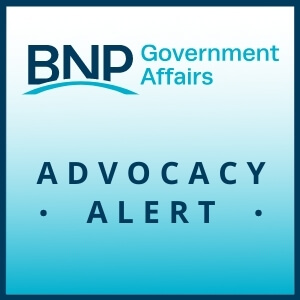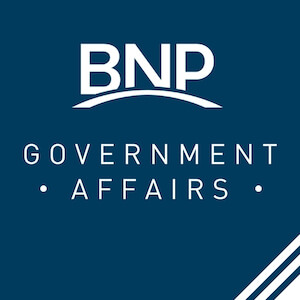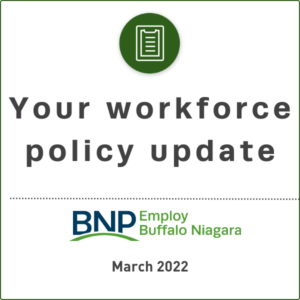Biden Releases Infrastructure Plan
Blog Categories
April 8, 2021
President Biden has committed to passing a federal infrastructure package. This week, the White House released details on what the President wants that package to include. An infrastructure investment has the potential to equip America with safer roads, bridges, and pipes, more efficient public transit systems, universal broadband, and many well-paying jobs. Although the final plan approved by Congress may look different, the President’s proposal is a starting point that kicks off negotiations and demonstrates his administration’s priorities.
President Biden’s American Jobs Plan proposal includes:
Transportation Improvements
- Repairing 20,000 miles of highways and roads and 10,000 small bridges across the U.S.
- New buses and rail cars
- Investments in airports and train stations
Utility Improvements
- Broadband for every American
- Replacement of all lead pipes
- Modernization of drinking, waste, and storm water infrastructure
- Tax credits to build high-voltage electric transmission lines
- Subsidies to help low-income customers access broadband
Environmental Action
- Implementation of a clean energy standard, with the goal of 100% carbon-pollution free power by 2035
- Creation of a Civilian Climate Corps
- Elimination of tax preferences for fossil fuel producers
Other Community Investments
- Capital improvement funds for public schools, community colleges, childcare facilities, veterans’ hospitals, and other federal buildings
- Investment in Brownfield and Superfund site development
- Funds to reconnect communities divided by transportation infrastructure
- Establishment of regional innovation hubs and small business incubators
Labor Considerations
- Enactment of the Protecting Right to Organize (PRO) Act, which would add protections against employer retaliation to organizing, override Janus opt-out provisions, and limit independent contractor designations for gig workers.
- Prevailing wage requirements
- Buy American and Ship American requirements
Revenue and Taxation
- Increased corporate tax rate of 28%
- Increased Global Minimum Tax Rate of 21%
- New 15% minimum tax on “book income”
The BNP will continue to work with federal partners to address our regional infrastructure priorities while using a sensible revenue approach to maximize the plan’s economic benefit. The BNP will keep you informed of any updates from Washington.
Related Posts
3.17.22 Advocacy Alert: Hochul Extends State of Emergency, Signs Sexual Harassment Bills
Governor Kathy Hochul has issued an Executive Order extending New York’s state of emergency declaration for COVID-19. The state of emergency was scheduled to expire today, but Hochul extended the declaration through April 15.
Empire Center: Single Payer “Sticker Shock”
A new report from the Empire Center for Public Policy details how expensive a single payer healthcare system would be in New York. The full report is available here.
Workforce Policy Update March 2022
The BNP works closely with government leaders to keep them informed of employer challenges and to advocate for policy that would ease the workforce crisis. The BNP supports legislation that expands access to education and training, makes quality childcare more accessible, removes barriers to workforce participation, and reforms our immigration system to meet our region’s workforce needs.
What is Carbon Pricing?
In the New York State Climate Action Council’s Draft Scoping Plan, the Council recommends implementing some form of carbon pricing to help the state combat climate change. So, what is carbon pricing, and how would it impact New York?




